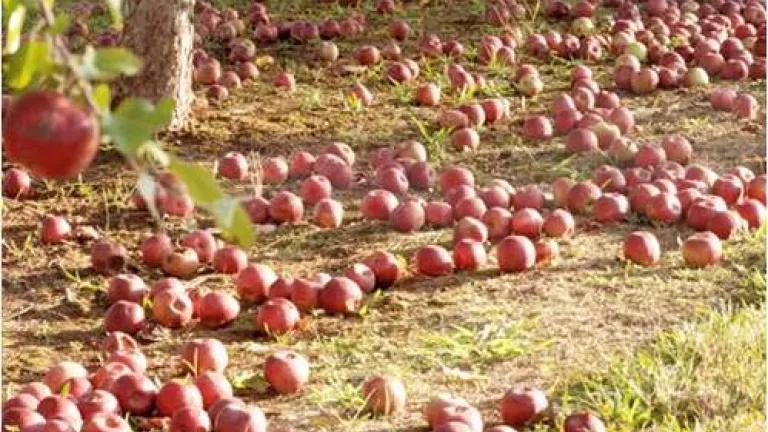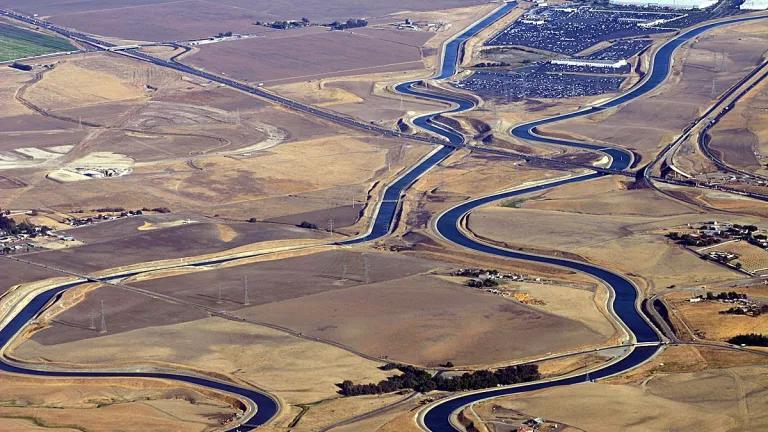New farmland loss report adds urgency to San Joaquin Valley's efforts at better planning

This blog was co-written with Dana Gunders, Project Scientist, Food and Agriculture, NRDC.
A report released this morning by the American Farmland Trust finds that local governments in California’s San Joaquin Valley are continuing to turn precious farmland into low-density suburban sprawl, at an alarming and unsustainable rate.
This beautifully-timed report, Saving Farmland, Growing Cities: A Framework for Implementing Effective Farmland Conservation Policies in the San Joaquin Valley, further underscores the critical importance of the work the valley’s planning agencies are currently engaged in to create Sustainable Communities Strategies under SB 375—California’s sustainable communities and climate protection law.
The good news is that the same kinds of planning decisions the Valley agencies are currently contemplating to meet their SB 375 targets will also help to take pressure off irreplaceable farmlands. Some of these strategies include infill development that can take advantage of existing water, sewer and road infrastructure in already urbanized areas, as well as providing a mix of housing choices for valley residents.
A recent report commissioned by the Fresno Council of Governments finds that there is a strong, unmet demand for walkable rental housing types through-out the Valley. Produced by the Concord Group, the report finds that up to 35 percent of the market demand is for walkable living—including apartments and townhomes—as opposed to single family homes, which typically require more land. And yet 90 percent of the building permits issued in the valley are for single family homes.
Farmland has the potential to do more than just produce food. Farms can be working lands that provide habitat, filter water, and sequester greenhouse gases. This only happens when farming is done right, but it certainly doesn’t happen when a house sits on that same land. Furthermore, sprawling plans do not incentivize stewardship. Some of the changes towards more sustainable farming require investment and a long-term view—two things that don’t accompany lands threatened by development.
As the valley’s agencies work through their growth scenarios between now and October, 2013, when they are slated to adopt their final plans, we strongly suggest that they consider these two reports, and work to adopt a balance of housing types that accomplishes the dual goals of better matching housing supply with demand as well as accommodating strong population growth more efficiently, with less loss of farmland.



